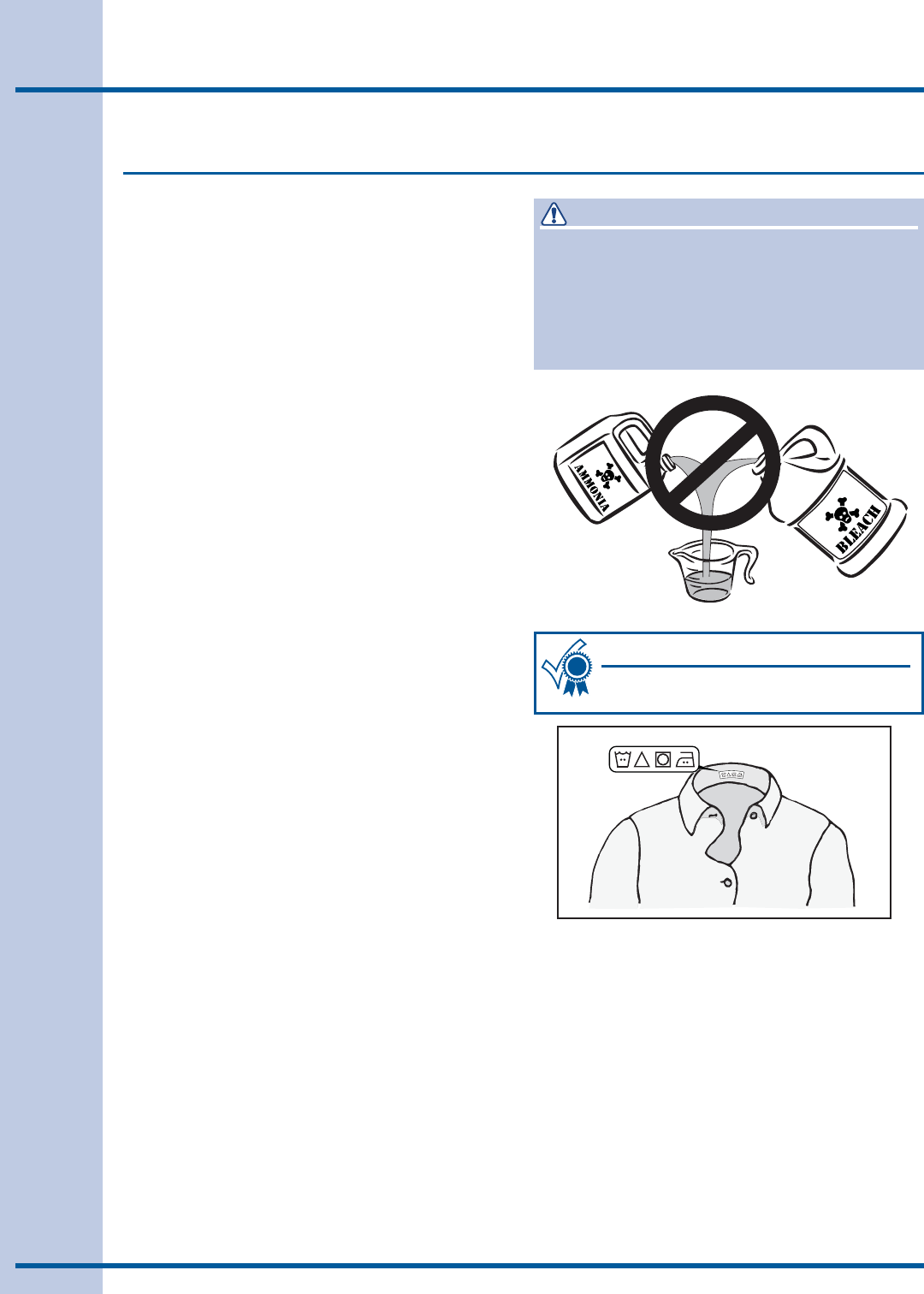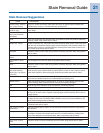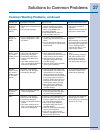
20
Stain Removal Guide
SAFE STAIN REMOVAL PROCEDURES
To reduce the risk of fi re or serious injury to per-
sons or property, comply with the basic warnings
listed below:
Read and comply with all instructions on stain •
removal products.
Keep stain removal products in their original •
labeled containers and out of children’s reach.
Thoroughly wash any utensils used.•
Do not combine stain removal products, espe-•
cially ammonia and chlorine bleach. Dangerous
fumes can result.
Never wash items which have been previously •
cleaned in, washed in, soaked in or spotted
with gasoline, dry cleaning solvents or other
fl ammable or explosive substances because
they give off vapors that could ignite or explode.
Never use highly fl ammable solvents, such as •
gasoline, inside the home. Vapors can explode
on contact with fl ames or sparks.
FOR SUCCESSFUL STAIN REMOVAL:
Remove stains promptly.•
Determine the kind of stain, then follow the rec-•
ommended treatment in the stain removal chart
on the next page.
To pretreat stains, use a prewash product, liquid •
detergent, or a paste made from powder deter-
gent and water.
Use cold water on unknown stains as hot water •
can set stains.
Consult care label instructions for treatments to •
avoid on specifi c fabrics.
Check for colorfastness by testing stain remover •
products on an inside seam.
Rinse and wash items after stain removal.•
Stain Removal Procedures
WARNING
HARMFUL VAPOR HAZARD
Do not use or mix liquid chlorine bleach with other
household chemicals such as toilet cleaners, rust
removers, acid or products containing ammonia.
These mixtures can produce dangerous fumes
which can cause serious injury or death.
Follow the fabric care label instruc-
tions on items to be washed.
For best results


















